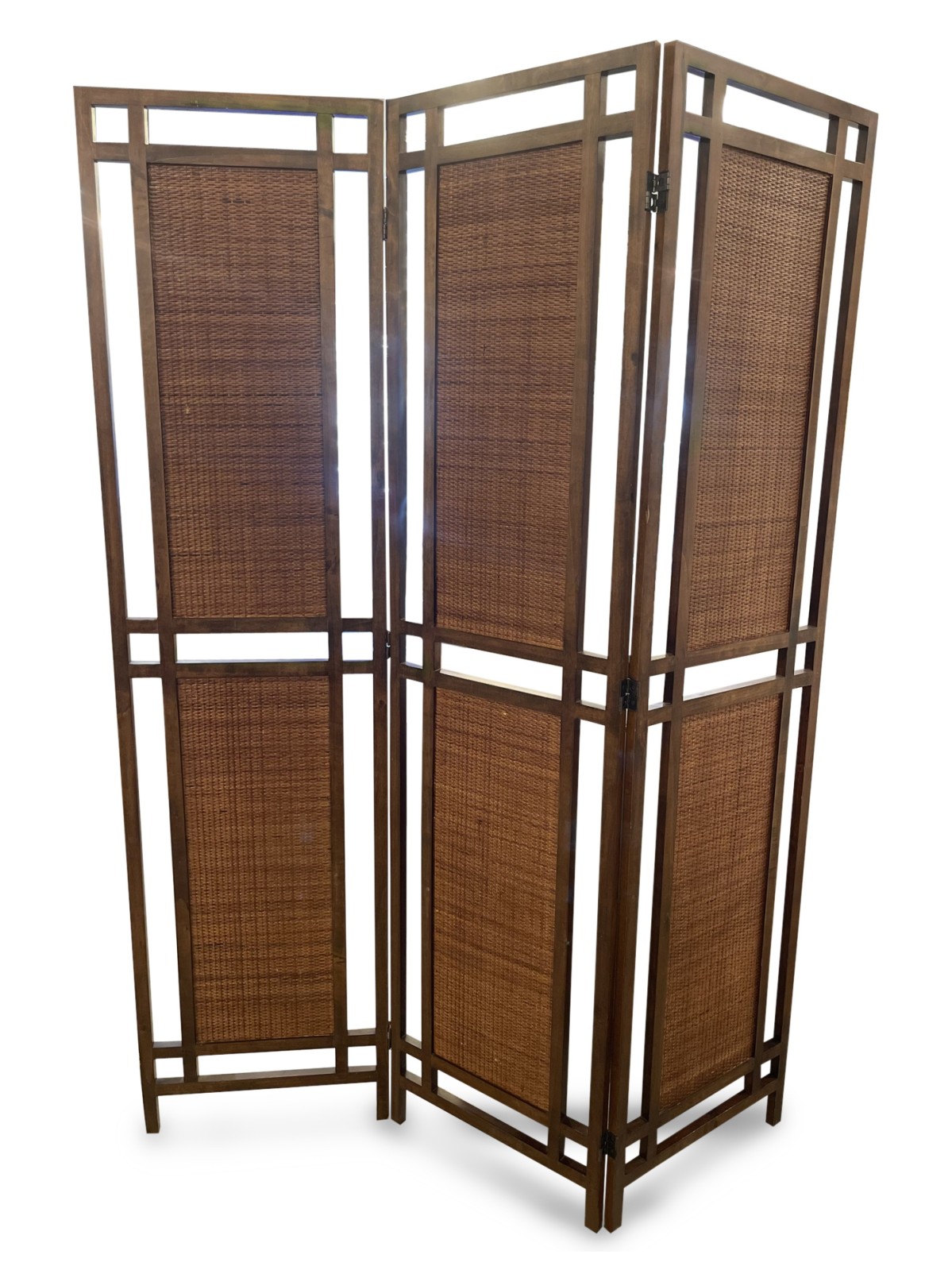X
{{ modalTitle }}
PLEASE FILL IN THE REQUIRED FIELDS.X
X
{{ modalTitle }}
Choose one of the options below.X
ITEM SUCCESSFULLY
ADDED TO PROJECT
Italian Neoclassical-Style Carved Giltwood Sunburst and Putti Wall Plaque
 Italian
Italian Neo-classic
Neo-classic Cleared Art, Rugs/Textile
Cleared Art, Rugs/Textile Wall plaque, Tapestries/Wall Hangings
Wall plaque, Tapestries/Wall Hangings
Newel Gallery
306 East 61st Street, 3rd Floor
NY - 10065
 (212) 758-1970
(212) 758-1970
Italian Neoclassical-Style Carved Giltwood Sunburst and Putti Wall Plaque

Newel Gallery
306 East 61st Street, 3rd Floor
NY - 10065
 (212) 758-1970
(212) 758-1970
 Cleared Art, Rugs/Textile
Cleared Art, Rugs/Textile Wall plaque, Tapestries/Wall Hangings
Wall plaque, Tapestries/Wall HangingsNeo-classic
Neo-classic refers to the second revival of classic design for interior decoration in the 18th century. This style was inspired by excavations of Pompeii and Herculaneum that begun in 1738. Common motifs include dolphins, lyres, and urns.
Putti
Cherub-like figures used commonly in Italian Baroque painting and design. Putti are often depicted as nude infant boys, sometimes with wings. Though similar to cherubs, they are not interchangeable, putti being a more secular version of the biblical cherubim.
Neo-classic
Neo-classic refers to the second revival of classic design for interior decoration in the 18th century. This style was inspired by excavations of Pompeii and Herculaneum that begun in 1738. Common motifs include dolphins, lyres, and urns.
Putti
Cherub-like figures used commonly in Italian Baroque painting and design. Putti are often depicted as nude infant boys, sometimes with wings. Though similar to cherubs, they are not interchangeable, putti being a more secular version of the biblical cherubim.
Neo-classic
Neo-classic refers to the second revival of classic design for interior decoration in the 18th century. This style was inspired by excavations of Pompeii and Herculaneum that begun in 1738. Common motifs include dolphins, lyres, and urns.
Putti
Cherub-like figures used commonly in Italian Baroque painting and design. Putti are often depicted as nude infant boys, sometimes with wings. Though similar to cherubs, they are not interchangeable, putti being a more secular version of the biblical cherubim.













